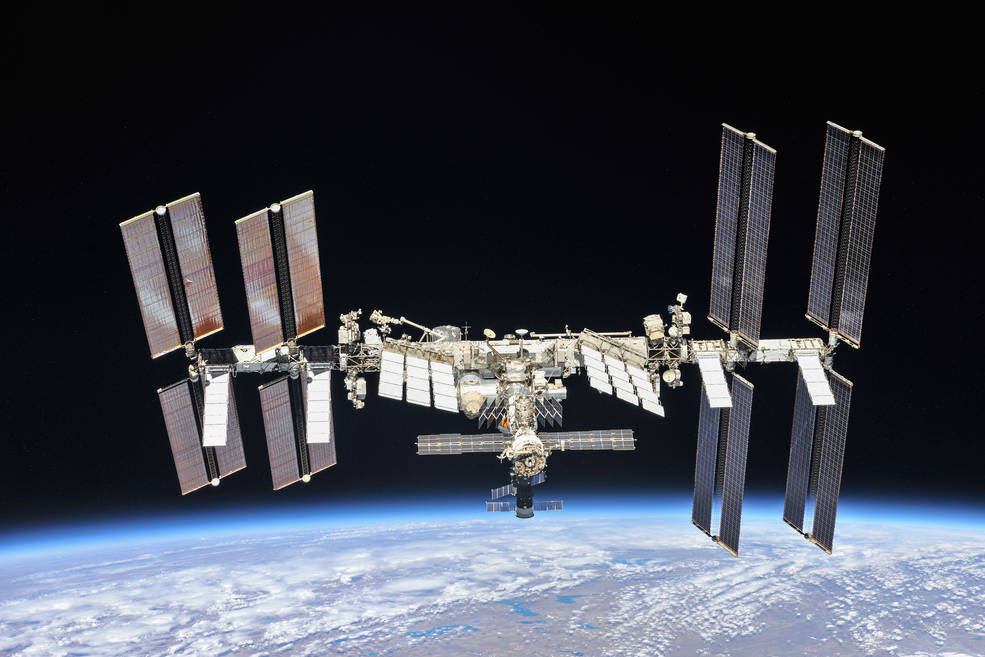
Astronauts and experiments on the International Space Station work to make life better on Earth and help humanity explore deep into the cosmos: NASA
Staff Report –
The International Space Station went on high alert on Monday when a Russian anti-satellite test destroyed a satellite in space, creating a sufficient debris field to pose a threat to the station and its crew, according to a statement by NASA Administrator Bill Nelson.
“Earlier today, due to the debris generated by the destructive Russian Anti-Satellite (ASAT) test, ISS astronauts and cosmonauts undertook emergency procedures for safety,” Nelson said.
“Like Secretary Blinken, I’m outraged by this irresponsible and destabilizing action. With its long and storied history in human spaceflight, it is unthinkable that Russia would endanger not only the American and international partner astronauts on the ISS, but also their own cosmonauts,” he added. “Their actions are reckless and dangerous, threatening as well the Chinese space station and the taikonauts on board.”
All nations have a responsibility to prevent the purposeful creation of space debris from ASATs and to foster a safe, sustainable space environment, Nelson said. “NASA will continue monitoring the debris in the coming days and beyond to ensure the safety of our crew in orbit.”
The crew was awakened and directed to close the hatches to radial modules on the station, including Columbus, Kibo, the Permanent Multipurpose Module, Bigelow Expandable Activity Module, and Quest Joint Airlock. Hatches between the U.S. and Russian segments remain open.
An additional precautionary measure of sheltering the crew was executed for two passes through or near the vicinity of the debris cloud. The crew members made their way into their spacecraft shortly before 2 a.m. EST and remained there until about 4 a.m.
The space station is passing through or near the cloud every 90 minutes, but the need to shelter for only the second and third passes of the event was based on a risk assessment made by the debris office and ballistics specialists at NASA’s Johnson Space Center in Houston.
According to The New York Times coverage, Antisatellite tests spawn clouds of debris that can remain in space for decades. Russia’s strike on Monday created the largest new field of space junk since 2007, when China launched a missile at one of its old weather satellites. That weapon test created a swarm of roughly 2,300 pieces of debris.
U.S. military officials have increased their footprint in space in recent years as competition in low-Earth orbit builds between Washington, Russia and China, including by creating the U.S. Space Force as a separate branch of the armed forces. The Pentagon has long criticized Russia over its space activities, which have included moving satellites too close to U.S. spy satellites and launching satellites that hatch smaller, maneuverable spacecraft without warning.
“Russia’s tests of direct-ascent antisatellite weapons clearly demonstrate that Russia continues to pursue counterspace weapon systems that undermine strategic stability and pose a threat to all nations,” James Dickinson, commander of U.S. Space Command, said in a statement.
For updates about the International Space Station, its research, and its crew, visit the website here.
___
If you support truth in reporting with no paywall, and fearless writing with no popup ads or sponsored content, consider making a contribution today with GoFundMe or Patreon or PayPal.













